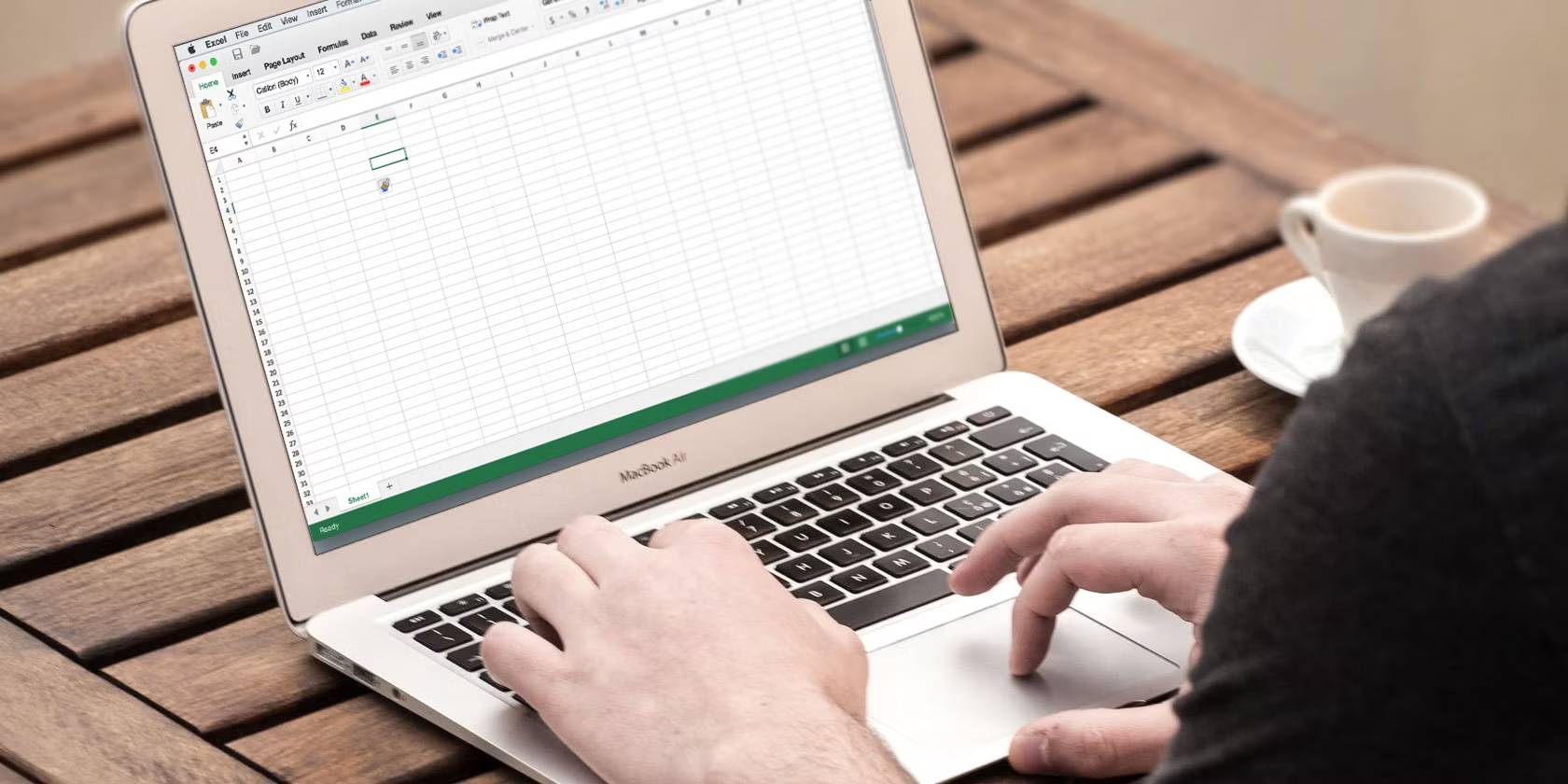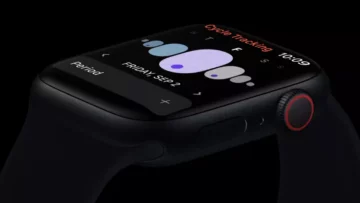
Microsoft Excel is a powerful tool that is widely used for various applications, including data analysis, financial modeling, and more. While Excel provides many features out of the box, there are certain functionalities that are not immediately accessible. One such feature is the Developer tab, which is hidden by default but can be enabled by the user. In this article, we will discuss how to add Developer tab in Excel and explore some of the features and functionalities it provides.
Why You Need the Developer Tab
Before we dive into the steps on how to add Developer tab in Excel, let’s first understand why you might need the Developer tab in the first place.
- Macros: The Developer tab provides tools for recording, running, and editing macros. Macros are sequences of instructions that automate tasks in Excel.
- Add-ins: The Developer tab allows you to manage Excel add-ins. Add-ins are additional features or functionalities that can be installed in Excel to extend its capabilities.
- Form Controls: The Developer tab provides access to form controls like buttons, check boxes, and drop-down lists that can be added to your worksheets.
- ActiveX Controls: The Developer tab provides access to ActiveX controls, which are more advanced controls that can be added to your worksheets.
- XML: The Developer tab provides tools for working with XML data.
As you can see, the Developer tab provides access to a range of advanced features and functionalities in Excel. Now, let’s move on to the steps on how to add Developer tab in Excel.
How to Add Developer Tab in Excel: Step by Step Guide
The process of adding the Developer tab in Excel is quite simple and straightforward. Here are the steps on how to add Developer tab in Excel:
- Open Excel: Start by opening Microsoft Excel on your computer.
- Access Excel Options:
- For Windows users: Go to the ‘File’ menu and click on ‘Options’. This will open the ‘Excel Options’ dialog box.
- For Mac users: Go to the ‘Excel’ menu, click on ‘Preferences’, and then click on ‘Ribbon & Toolbar’. This will open the ‘Ribbon & Toolbar’ dialog box.
- Customize the Ribbon:
- For Windows users: In the ‘Excel Options’ dialog box, click on ‘Customize Ribbon’ in the left-hand pane. This will display the customization options for the ribbon.
- For Mac users: In the ‘Ribbon & Toolbar’ dialog box, you will see the customization options for the ribbon.
- Enable the Developer Tab:
- For Windows users: On the right-hand side, you will see a list of tabs that can be added to the ribbon. Check the box next to ‘Developer’ and then click ‘OK’.
- For Mac users: On the right-hand side, you will see a list of tabs that can be added to the ribbon. Check the box next to ‘Developer’ and then close the dialog box.
Congratulations! You have successfully completed the steps on how to add Developer tab in Excel. The Developer tab should now be visible in the ribbon.
Features of the Developer Tab
Now that we have discussed how to add Developer tab in Excel, let’s explore some of the key features and functionalities that the Developer tab provides.
- Code Group:
- Visual Basic: This opens the Visual Basic for Applications (VBA) editor, where you can write and edit VBA code.
- Macros: This opens the ‘Macro’ dialog box, where you can manage macros in your workbook.
- Record Macro: This allows you to record a new macro.
- Add-ins Group:
- Excel Add-ins: This opens the ‘Add-ins’ dialog box, where you can manage Excel add-ins.
- COM Add-ins: This opens the ‘COM Add-ins’ dialog box, where you can manage COM add-ins.
- Controls Group:
- Insert: This provides options for inserting form controls and ActiveX controls into your worksheet.
- Design Mode: This toggles design mode on and off. When design mode is on, you can edit the properties of form controls and ActiveX controls.
- Properties: This opens the ‘Properties’ window, where you can edit the properties of the selected form control or ActiveX control.
- XML Group:
- Source: This opens the ‘Source’ task pane, where you can manage XML mappings.
- Developer: This opens the ‘Developer’ dialog box, where you can manage XML schemas.
Tips and Tricks
While the steps on how to add Developer tab in Excel are quite simple, here are some additional tips and tricks that might help you:
- Customize the Ribbon: In addition to adding the Developer tab, you can also customize the ribbon to add, remove, or rearrange other tabs and commands.
- Shortcut for VBA Editor: Instead of opening the VBA editor from the Developer tab, you can also use the keyboard shortcut ‘Alt + F11’.
- Macro Security: Before running macros, make sure to check the macro security settings. You can access the macro security settings from the ‘Code’ group in the Developer tab.
Conclusion
The Developer tab in Excel provides access to a range of advanced features and functionalities, including macros, add-ins, form controls, ActiveX controls, and XML. In this article, we discussed why you might need the Developer tab, the key features and functionalities it provides, and the step by step guide on how to add Developer tab in Excel. We also provided some additional tips and tricks that might help you when working with the Developer tab.
- SEO Powered Content & PR Distribution. Get Amplified Today.
- PlatoData.Network Vertical Generative Ai. Empower Yourself. Access Here.
- PlatoAiStream. Web3 Intelligence. Knowledge Amplified. Access Here.
- PlatoESG. Automotive / EVs, Carbon, CleanTech, Energy, Environment, Solar, Waste Management. Access Here.
- PlatoHealth. Biotech and Clinical Trials Intelligence. Access Here.
- ChartPrime. Elevate your Trading Game with ChartPrime. Access Here.
- BlockOffsets. Modernizing Environmental Offset Ownership. Access Here.
- Source: https://www.techpluto.com/how-to-add-developer-tab-in-excel/













